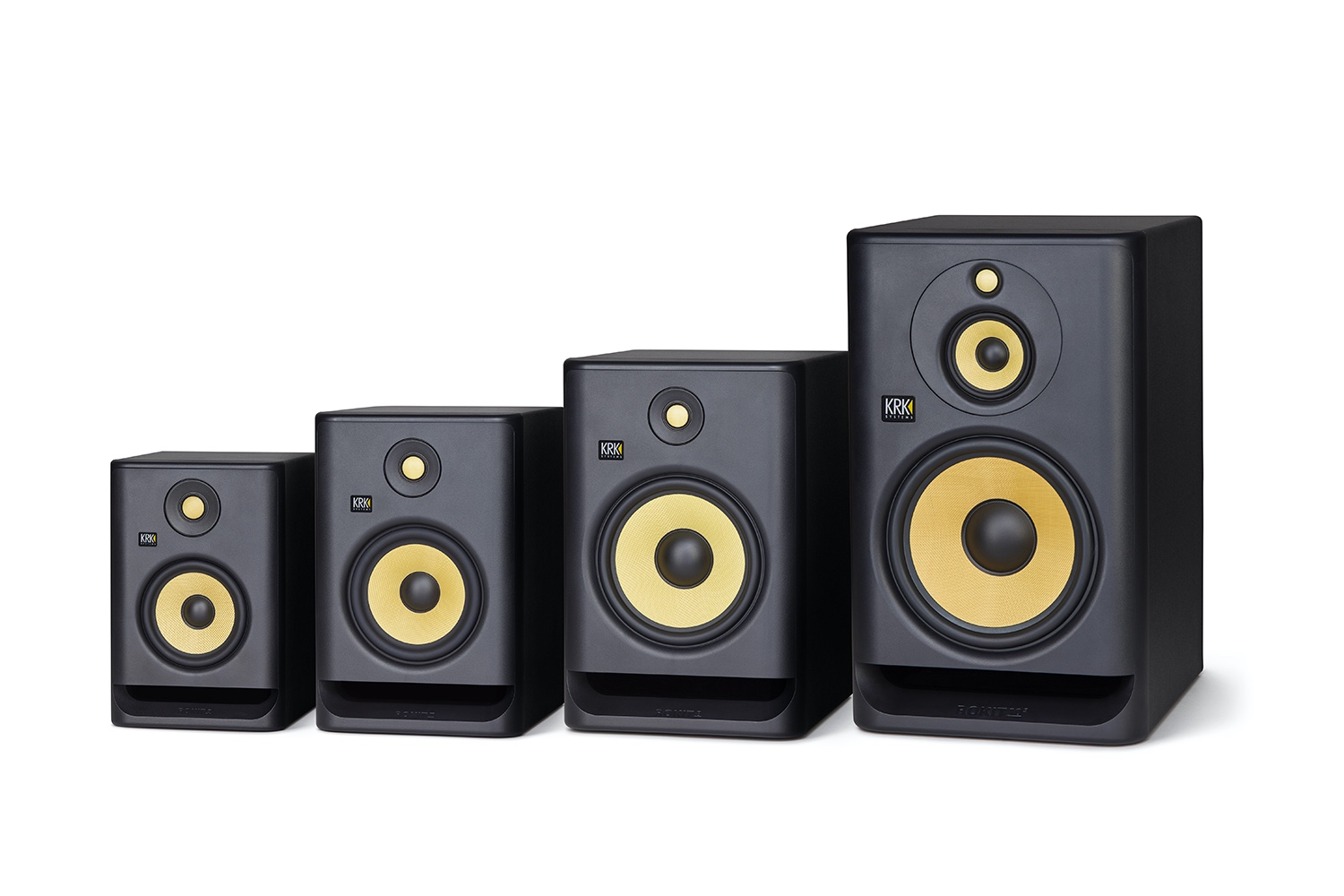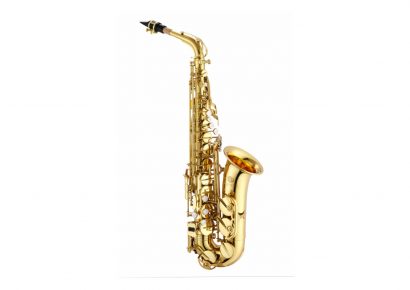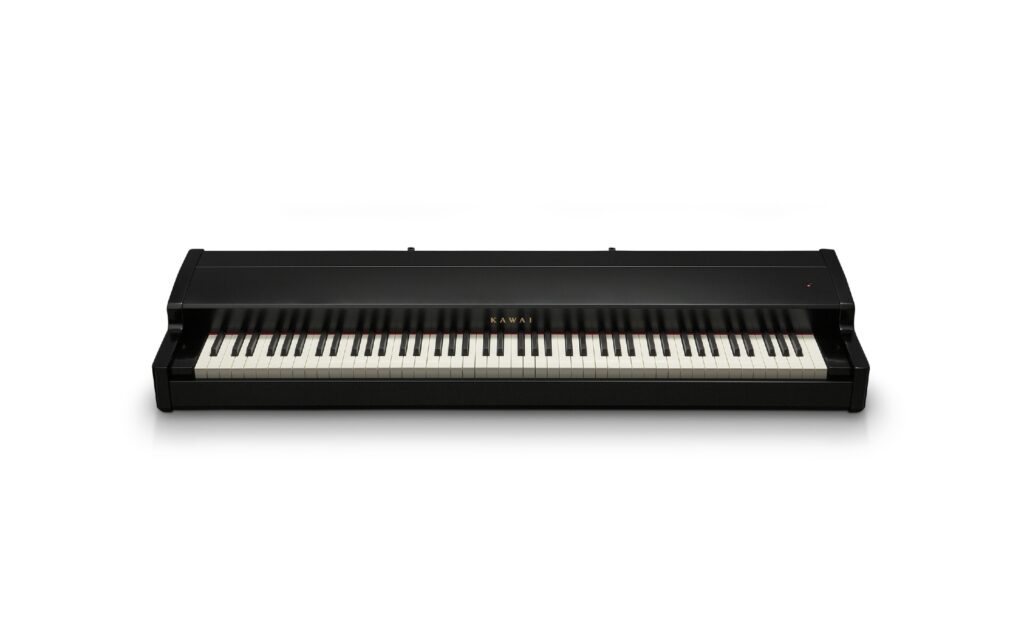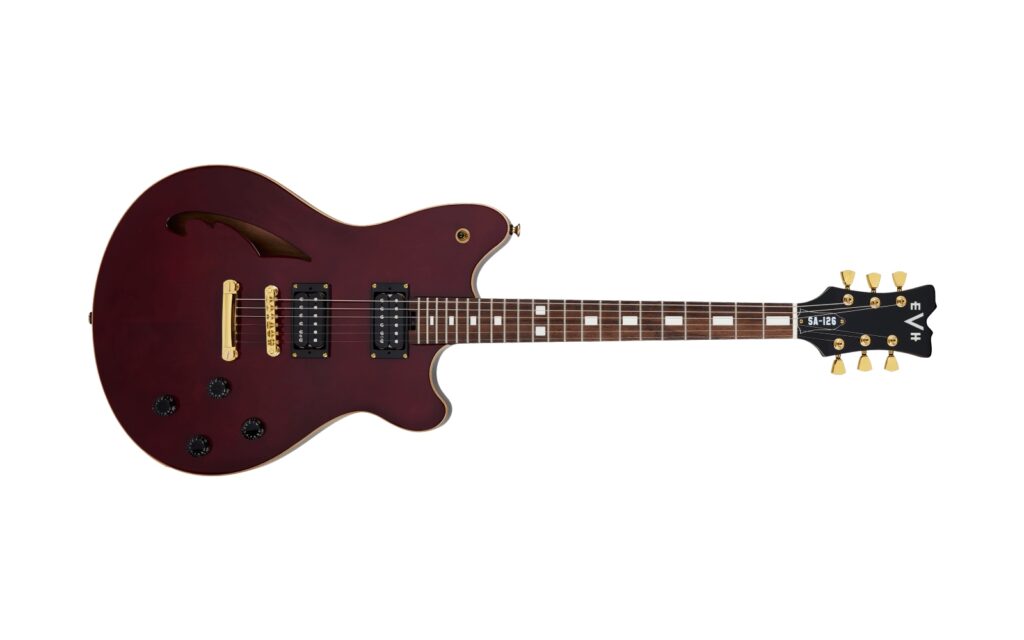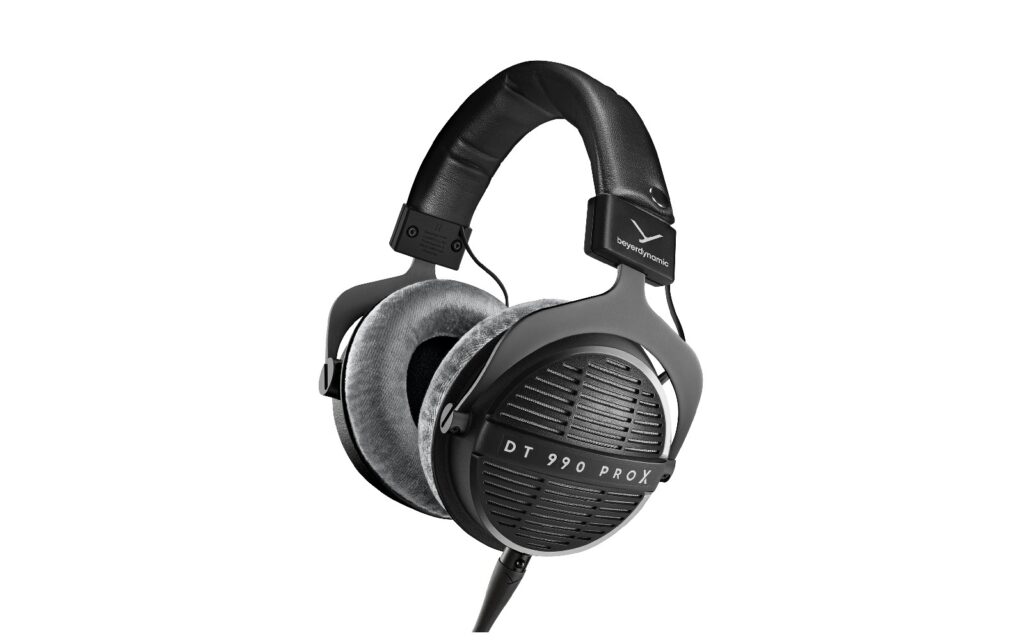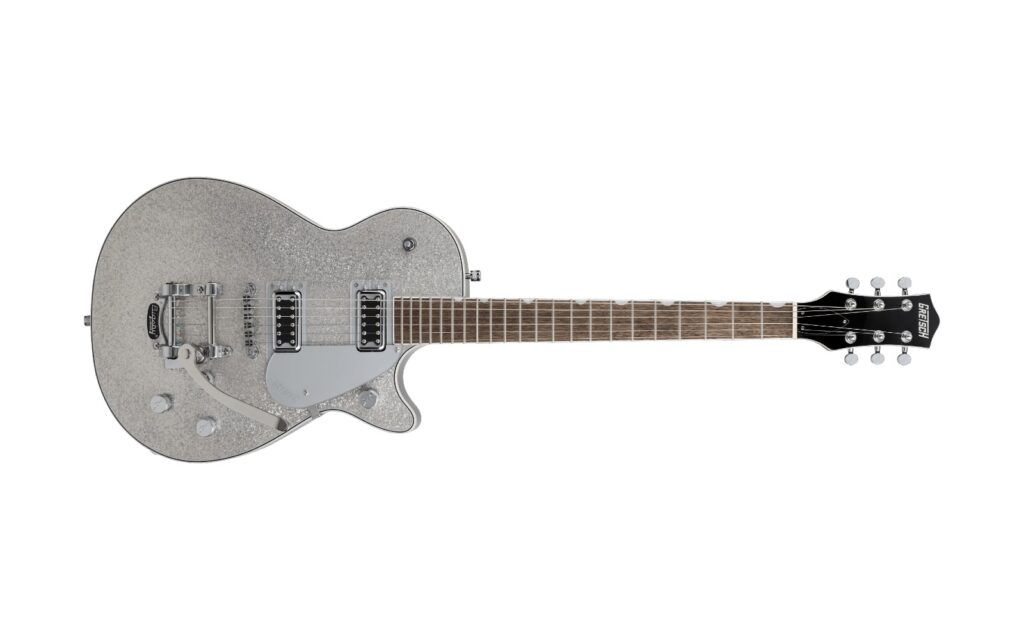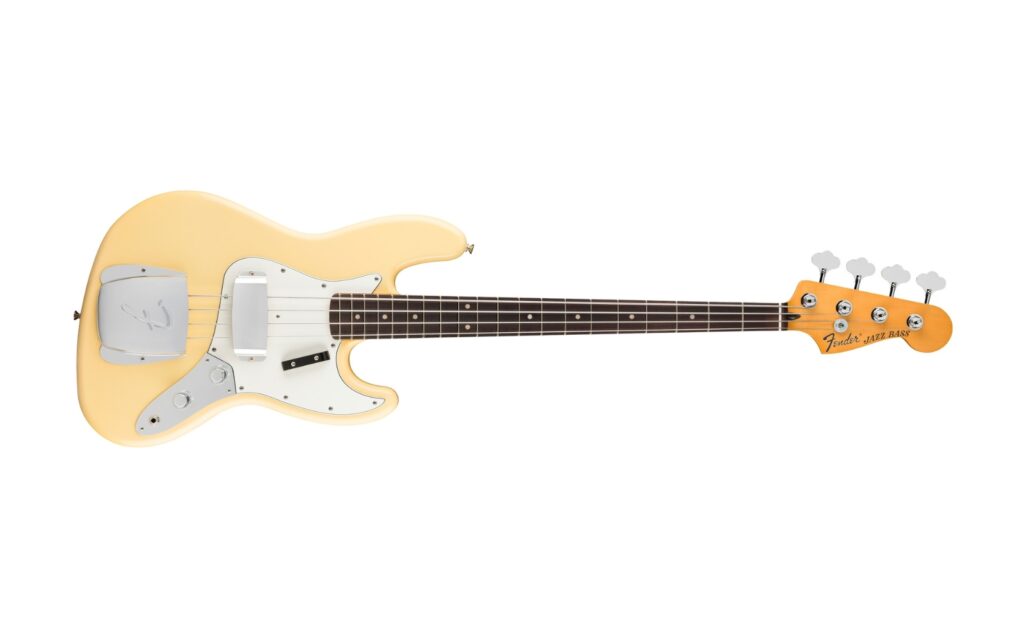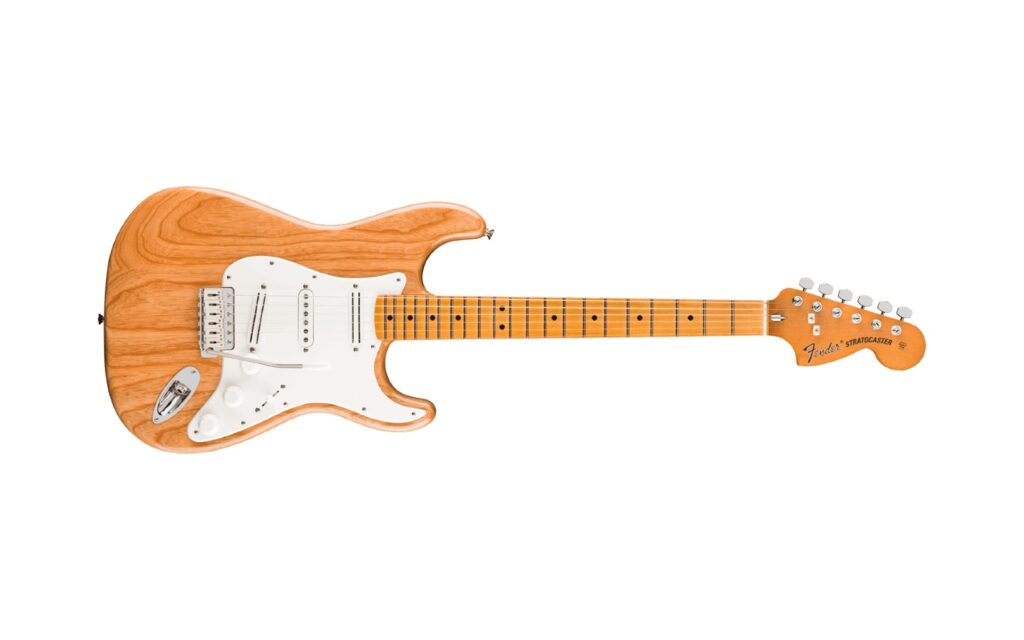Distributed by: Jands | Enquire for pricing
The distinctive yellow cones of KRK Rokit monitors are a familiar sight in home studio setups, the obvious choice for a first pair of monitors for many students, and will no doubt continue to be so for years to come. The Rokit have more than earned this reputation as go-to inexpensive monitors, offering accurate frequency response and superior stereo imaging at a very attractive price.
The Rokit G4 range, the latest in the Rokit series, are two-way (or three-way in the case of the Rokit 10) active monitors with inbuilt Class D amplifiers, so you won’t need a power amp to drive them. The cones of the woofers and tweets are made from Kevlar, and while they probably won’t withstand a Phil Spector-style gunshot tirade, you can be certain that they will last for a very long time. The matte black Rokit G4 series range from between 5 and 16 kg per speaker, ranging from about 300mm to 546mm in height between the smallest 5 inch model and the largest 10 inch model.
The G4 range are the smoothest sounding Rokit monitors yet, with a bass cutoff of 43Hz, 42Hz, 36Hz and 26Hz for the 5, 7, 8 and 10 inch models respectively, all with a maximum frequency of 40kHz. With a cleaner midrange and softer sound than past editions of Rokit monitors, the G4 are suitable for extended monitoring sessions without fatigue.
Although Rokits have a following amongst DJs and electronic music producers due to their excellent bass reproduction, it would be silly to restrict their use to solely that domain. The extended bass response can bring to life elements of orchestral instruments that you may not have realised existed, giving lower piano notes and bassier brass/woodwind instruments a heft that cannot be heard, or felt, with headphones alone.
Mixdown Says: For most audio students or bedroom engineers, the Rokit 5s are an obvious choice, a classic nearfield monitor that provides accurate imaging amidst piles of schoolwork. For regular rooms, look to the Rokit 7 and 8 for a more room-appropriate sound; the three-way Rokit 10 monitors work best in larger rooms with some acoustic treatment to complement their greater bass response.
If you haven’t done much in the way of acoustic treatment, KRK have got your back, including a DSP-driven graphic EQ with 25 different settings built into each monitor, displayed on an LCD screen on the back of each monitor, with a knob to adjust the settings right beside it. KRK have also developed a stand-alone app, KRK Audio Tools, featuring a host of tools to best position the monitors and calibrate an ideal EQ setting for the room they are placed in.
Overall: Whether you’re looking to purchase your first pair of monitors, or looking to upgrade an existing setup, Rokit monitors have a strong reputation built as being some of the best in their price bracket. The KRK brand represents a sure step into the world of professional audio, providing a faithful insight into your music and mixes that you can put your trust in, a solid foundation of audio representation to fall back on in your journey of music and production education.
Find out more about the KRK Rokit G4 range via Jands today.
